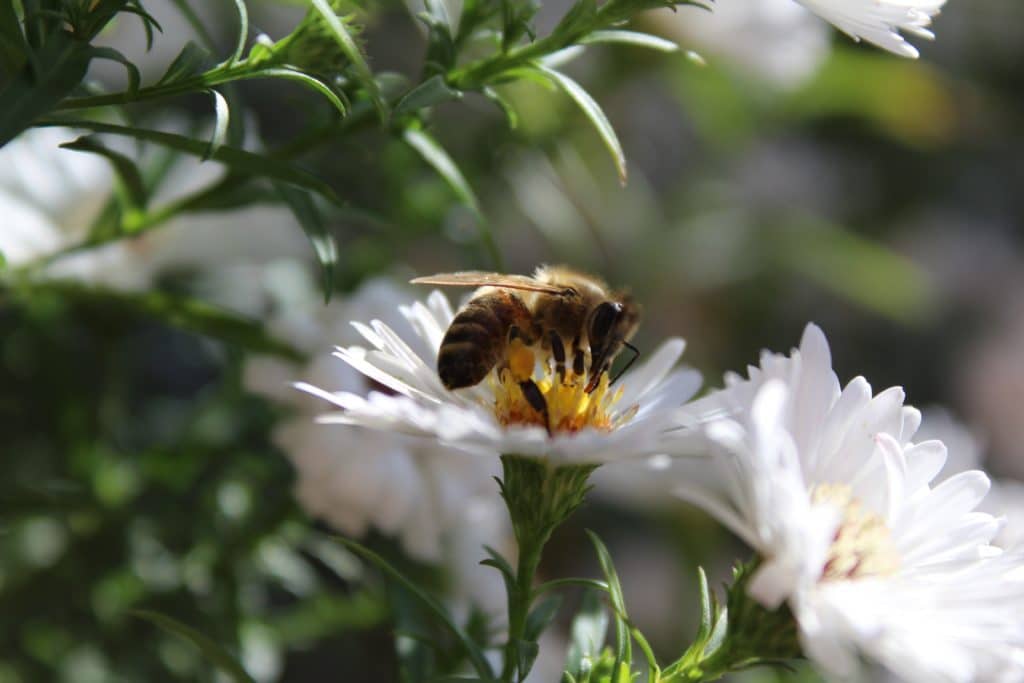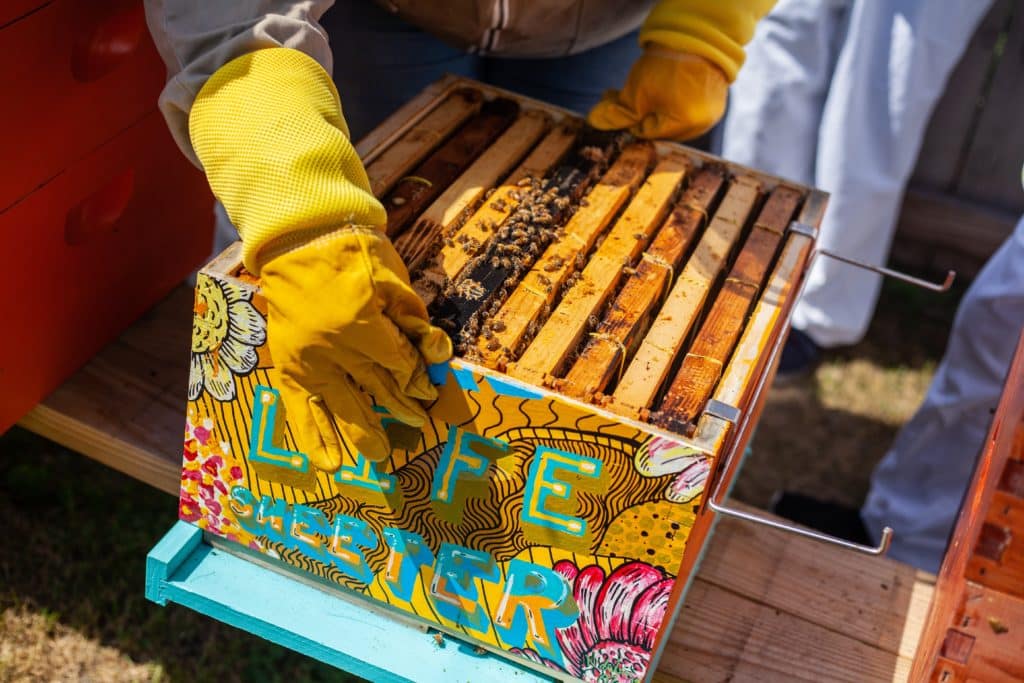Summer vs Fall Honey
Summer vs Fall Honey

Summer vs Fall honey? Is there a thing like that? Most people are not aware that there are certain differences between these types of honey. With proper conduct of research and constant sharing of information, we’ll get to know the bottom of this headline. If you’re interested in this discussion, scroll down to get updated.
Honey, just like wine, has its own growing environment depending on its region and growing season. It expresses many characteristics including color, smell, texture, how it quickly crystallizes, and also has its own distinct flavors. Most of us probably pick off honey from the shelf of a grocery store without giving much thought to the differences between a light colored honey versus a dark honey.

Flavor and certain characteristics come from the start process of flowers. Flowers are pollinated by bees; in exchange, the flowers disburse nectar. Nectar is mostly made of sugars, which bees use with other minor substances to make honey. The overall results of those characteristics will depend on the source of nectar. In addition to this, weather also plays a significant role.
During summer, bees usually gather nectar from a variety of wildflowers. Summer honey tends to be lighter and less likely to set. According to the beekeepers, the wax they get from summer honey tends to be thinner. Flavor-wise, it is slightly sweet, yet mild. This type of honey is ideal for sweetening cereal or tea.

In the fall, bees roam around the wildlife plants such as asters and goldenrod, which makes their honey a little bit darker. It does have a deeper, darker color with a full and richer flavor. Did you know, fall honey has a more robust flavor? There are certain notes of butterscotch and mint, making it a unique flavorful variety. Fall honey is also rare compared with the honeys being harvested from the other season. While darker honey is more flavorful and intense, it also contains more nutrients, including vitamins, minerals, and antioxidants. Definitely making this a healthier option.
Regardless of the differences of both honeys, these are still organic and natural. Never pasteurize nor filter these honeys in order to maintain all traces of vitamins, enzymes, minerals, flavors, and aromas of fresh raw honey.
